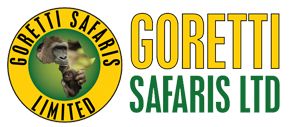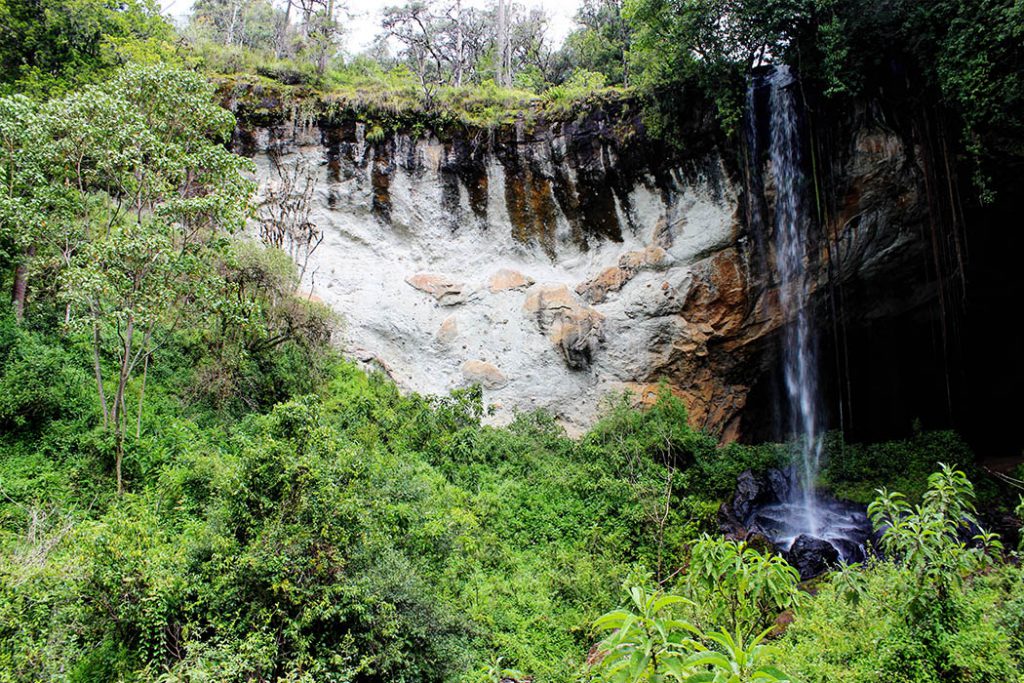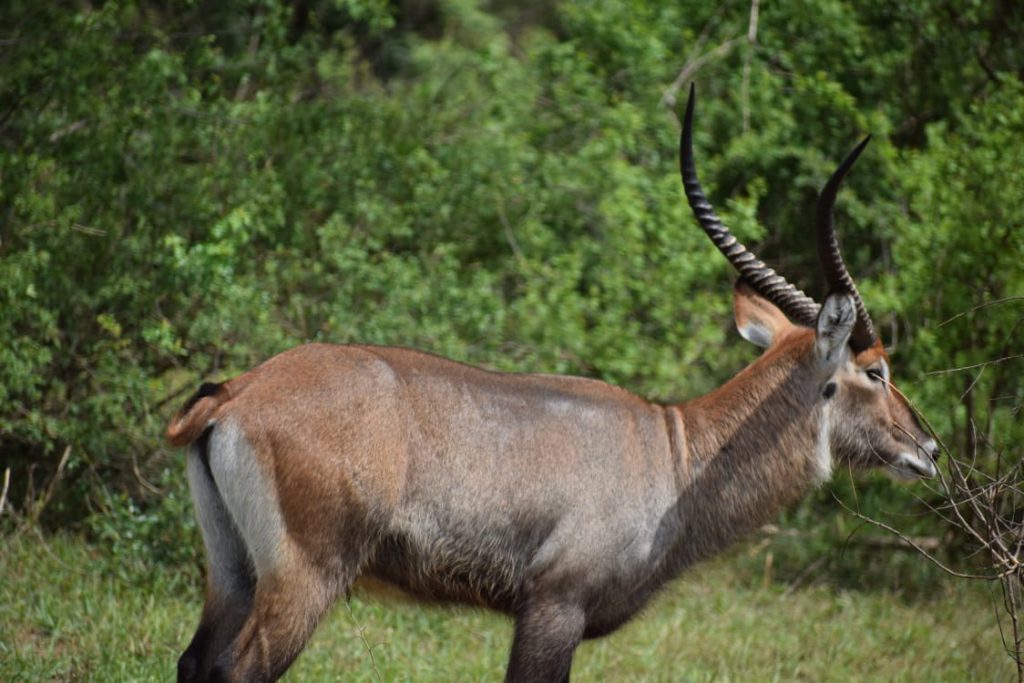The “World’s Largest Caldera” is a unique and striking feature of Mt. Elgon National Park!! An intact caldera, that stretches to a size of 40km², this came to be due to strange violent eruption that drained the volcano’s magma reservoir. Owing to the blockage of the main vent, Mt. Elgon is believed to be an extinct volcano.
Situated in the eastern part of Uganda, Mt. Elgon National Park covers total area of 1145km² stretching to the border of Uganda and Kenya! The park is home to over 300 bird-species notably the endangered Lammergeier. Mammals also find Elgon a perfect sanctuary and these are small antelopes, forest monkeys, elephants and buffaloes among others.
The highest peaks on Mt. Elgon are formed by elevated points around a toothed rim enclosing the world’s largest caldera at 40km² and 8kms wide. Wagagai, the highest peak stands at an elevation of 4521m, seconded by Sudek at 4,503m, followed by Koitobos at 4,222m and Mubiyi at 4210m. The best time to climb is during the dry-spell between June – August and December-March. The mountain is open to visitors all year round.
Mt. Climbing is the major activity and exciting option from the more strenuous hikes in East Africa. It requires no special equipment due to milder climate and lower elevation. Mountain Biking around Sipi area and villages, nature walks to Sipi Falls and the Walls of Death, Rock Climbing with various levels of rock-scaling techniques. Birding is excellent around Kapkwai Forest; likely birds are the African Goshawk, Chubb’s Cisticola, White-chinned Prinia and the African Blue Flycatcher among others.
The “World’s Largest Caldera” is a unique and striking feature of Mt. Elgon National Park!! An intact caldera, that stretches to a size of 40km², this came to be due to strange violent eruption that drained the volcano’s magma reservoir. Owing to the blockage of the main vent, Mt. Elgon is believed to be an extinct volcano.



